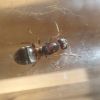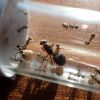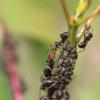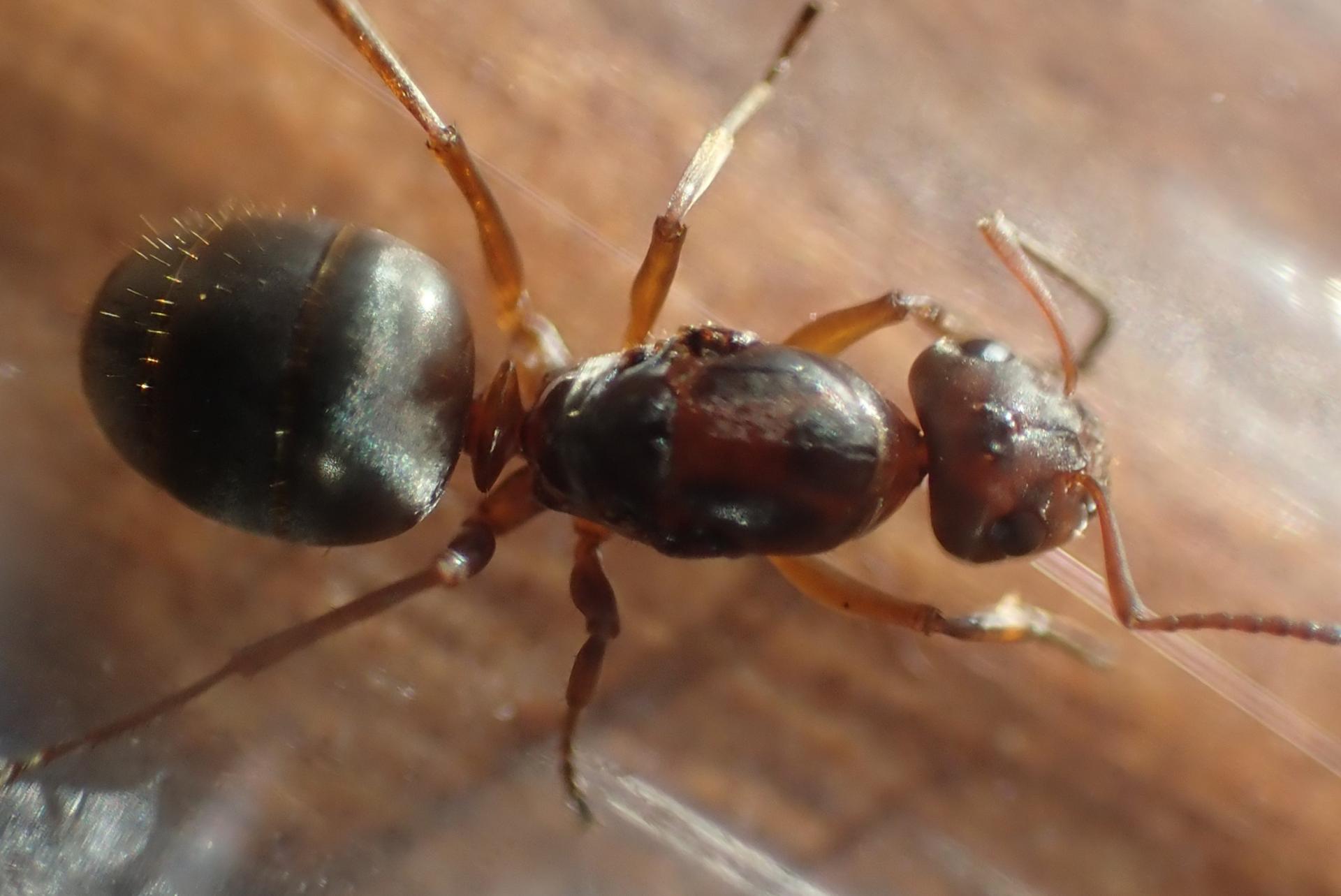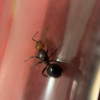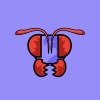Alright, time to take a look at these queens from a key point of view to determine whether they are Formica argentea, Formica neoclara, or Formica montana. This post will just detail the identification of the lone queen (colony 1) and I will compare her after these findings to my more established colony with 16 workers.
Pubescence very dense particularly on genre and the first four gastric tergites; big elongate punctures absent on genre, beneath and behind the eyes; posterior margin of pronotum with numerous erect hairs, varying from 4 to 20 (mean = 11), usually reaching the tegulae . . . . . Formica argentea
1. Pubescence very dense particularly on genre and the first four gastric tergites.
I am still to this day confused as to what genre means. ChatGPT was possibly helpful by explaining that "In that context, "genre" refers to an anatomical part of the ant. Specifically, it is likely a mistranslation from the original Latin or French scientific text, where "genu" or "genus" could mean the knee or a joint," which makes sense, because the author of the Key to Nearctic Formica fusca group queens was André Francoeur, a Canadian myrmecologist, who wrote the original key in French. This, however, is not helpful because my camera is not powerful enough to see knee hairs on an ant, so I will just ignore it for now. As ReignofRage helpfully explained in a past ID thread of mine, there is a difference between pubescence and hair. In his words,
"Pubescence are the very fine, short hairs that are typically appressed or prostrated, which form a layer beneath the coarser pilosity. The pubescence is what makes Formica and other species glisten and is what makes some species such as some Forelius, pruinose. Typically when keys use the term "hairs," it is referring to "pilosity." Pilosity is the coarser hairs that you are mentioning. The term "vestiture" refers to all types of hairs as a whole."
Sure enough, this queen has very high pubescence on her abdomen, as seen in Image 1. This is what led me to the educated guess that she was F. argentea in the first place, but lets dive into the rest of the key.
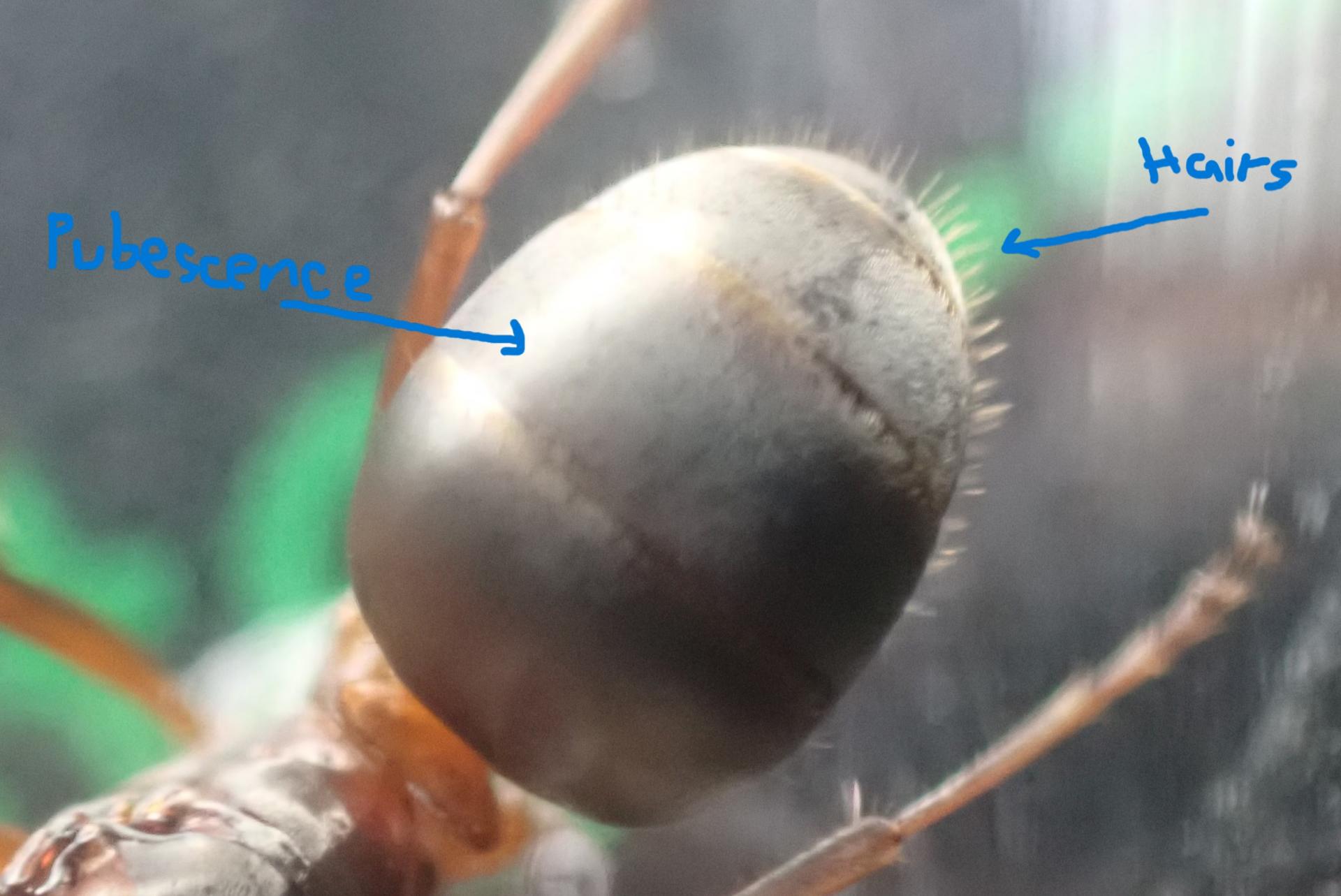
Image 1. Difference between pubescence and hair on the unknown queen
2. Big elongate punctures absent on genre, beneath and behind the eyes
Elongate punctures are difficult to see with my camera and require a face-on shot. I am not sure what I am looking for. It could be an indent, a gash, or another form of puncture that is only visible to a microscope. The only face-on shot I have is fairly blurry, so I cannot determine any punctures.
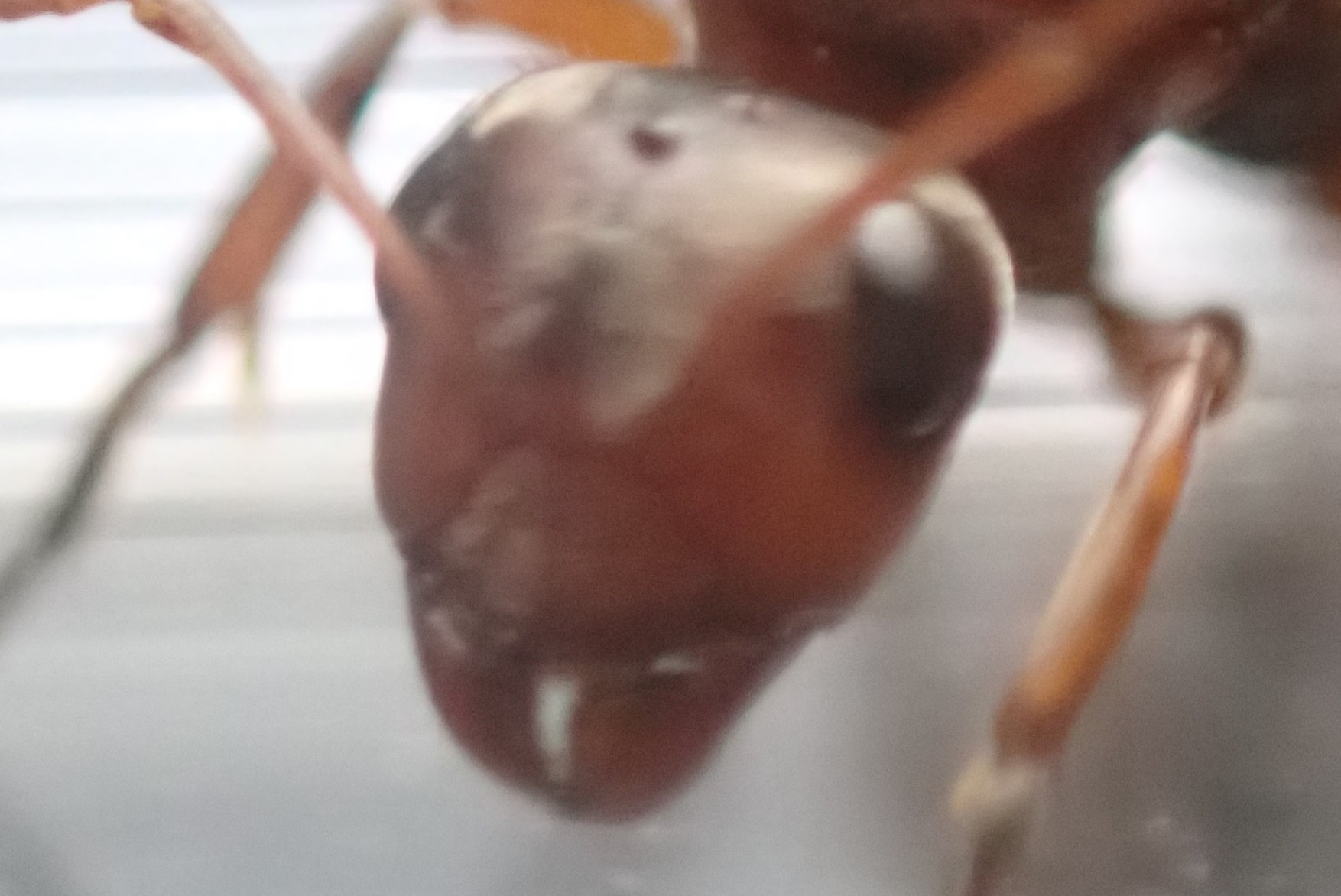
Image 2. Blurry frontal image of the unknown queen's face
3. posterior margin of pronotum with numerous erect hairs, varying from 4 to 20 (mean = 11), usually reaching the tegulae
The pronotum is something I dealt with last ID post, but I never fully defined where it was. Helpful images published by Mississippi State University helped clarify its location. They are Image 3 and 4. It is far more forward than I previously assumed, which makes a lot more sense in light of the key. There are indeed over 4 hairs there, and I would guess closer to 20 if my camera was better.
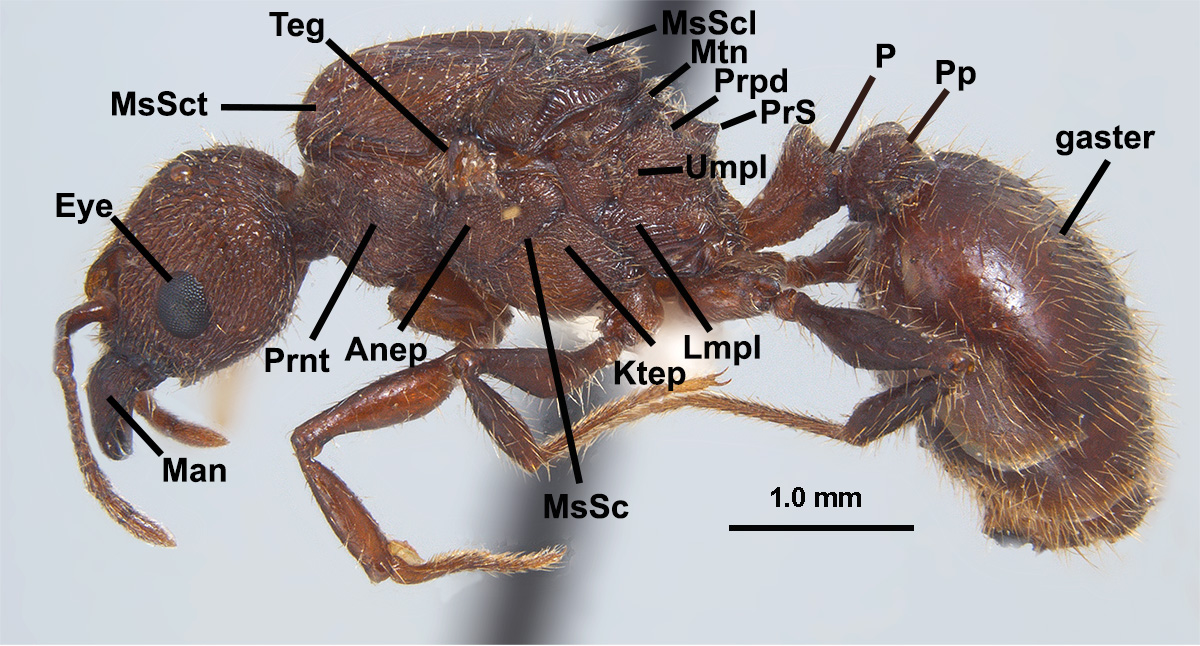
Image 3. Side view of a Pheidole queen; Prnt stands for Pronotum
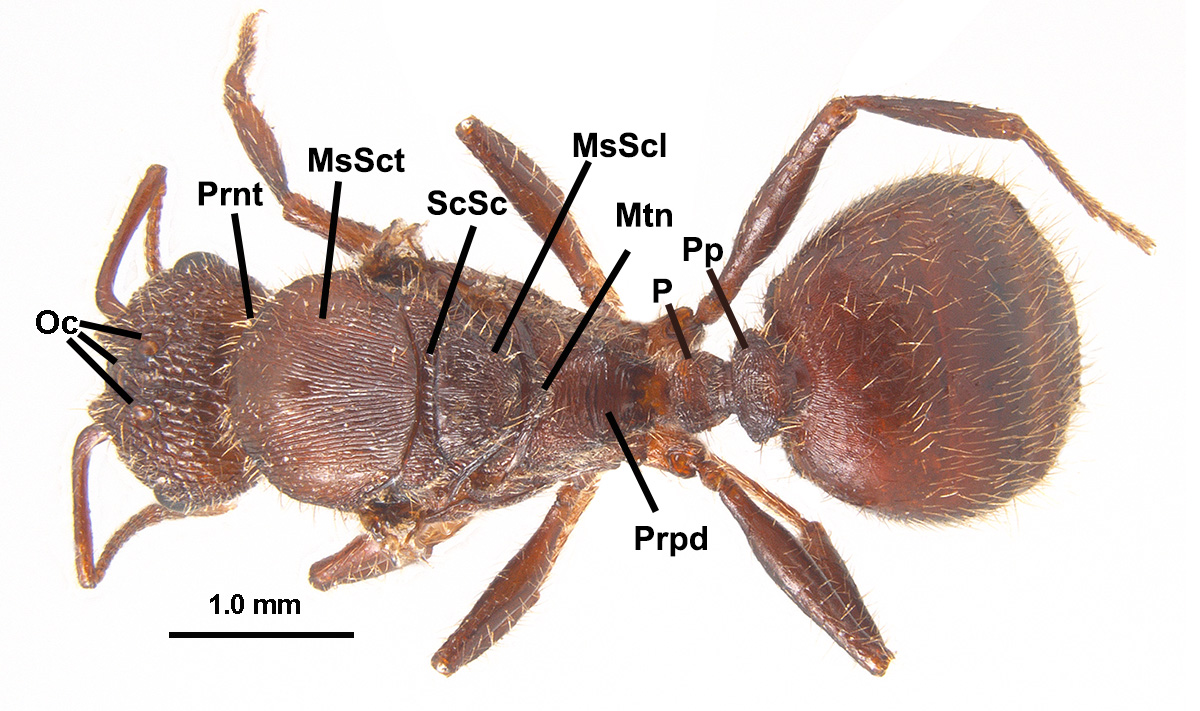
Image 4. Top view of a Pheidole queen; Prnt stands for Pronotum
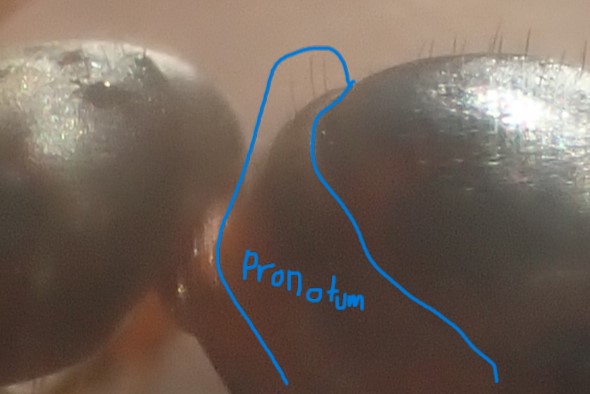
Image 5. View of the pronotum and attached hairs on the unknown queen
This ends the key entry for Formica argentea.
Erect hairs less numerous ( < 15) on the posterior margin of pronotum, lined on one row, not reaching the tegulae (except probably in Idaho); dorsal margin of petiole more or less concave; from Yukon to Texas . . . . . Formica neoclara
1. Erect hairs less numerous ( < 15) on the posterior margin of pronotum, lined on one row, not reaching the tegulae (except probably in Idaho)
I find this entry very interesting, as Idaho is specifically mentioned as having a local population of F. neoclara with a different pattern of hair, yet this not being considered a different species. At any rate, the posterior margin does not seem to have a row of hair on it, at least from my camera angle. To my eye, it looks like hair is scattered more on either side of the pronotum and not limited to one line, however this could be due to bad camera shots. A microscope or better camera is needed to confirm or deny this. There does not seem to be any hair reaching the tegulae, however, so this rings true.

Image 6. Posterior margin and hairs of unknown queen
2. Dorsal margin of petiole more or less concave
I am not sure to what extent more or less concave ranges, but this queen appears to have a more or less straight petiole with no curve to it at all.
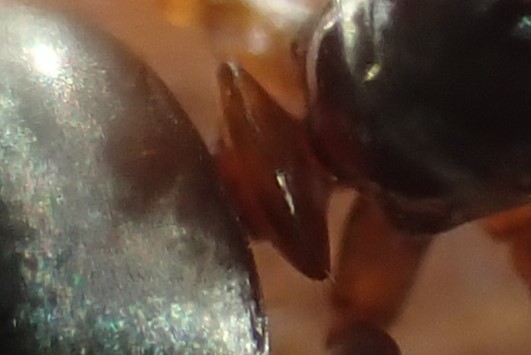
Image 7. Petiole appears to be straight on unknown queen
3. From Yukon to Texas
South Dakota is indeed within that range, and is native to here according to AntMaps, with some specimens even being found in the Black Hills.
Overall, at this point, Formica argentea appears a closer match when using the key, but we still have one more species to go.
Sides of head less pilose; head in full face view, erect hairs usually limited to occipital angles, but may be present down to ventral border of eyes; genre normally without erect hairs ,sometimes 1-2 near the tentorial fossae; occipital angles becoming glabrous in the western part of its range; eastern center of the continent . . . . . Formica montana
1. Sides of head less pilose
Overall, the sides of the head do seem to have less hairs, especially compared to the middle of the head near the mandibles.
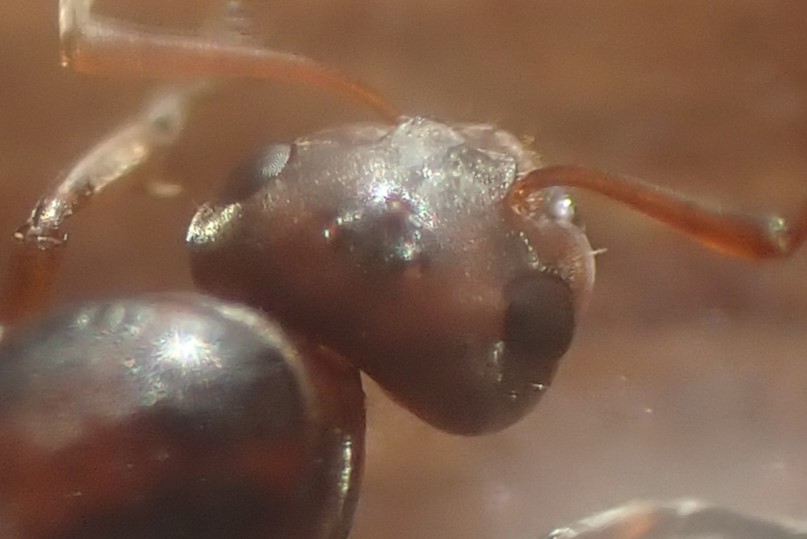
Image 8. Top view of head of unknown queen
2. head in full face view, erect hairs usually limited to occipital angles, but may be present down to ventral border of eyes
Occipital angles is something I assume to mean the curve at the back of an ants head. Image 9 may help explain this. Ventral means lower, so below the eyes there could be some hair. This seems to correlate with this queen, as she has hair on the back of her head. However, some angles seem to show some hair on the sides of her head behind her eyes, which fits this description, and some that is closer to her jaw.
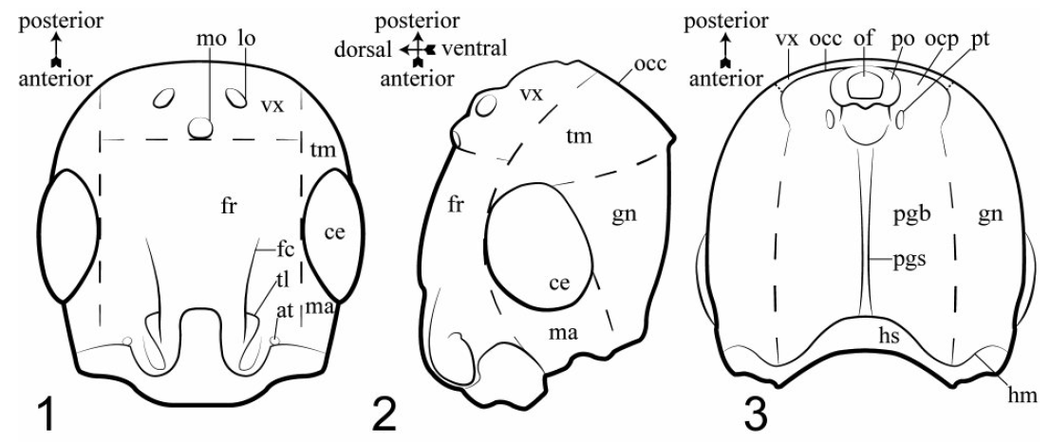
Image 9. Reference diagrams of the head of an ant
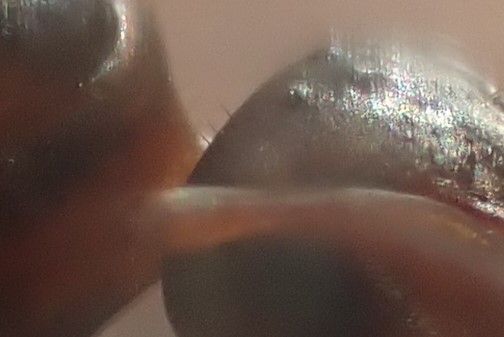
Image 10. Hair on the occipital angles (I think)
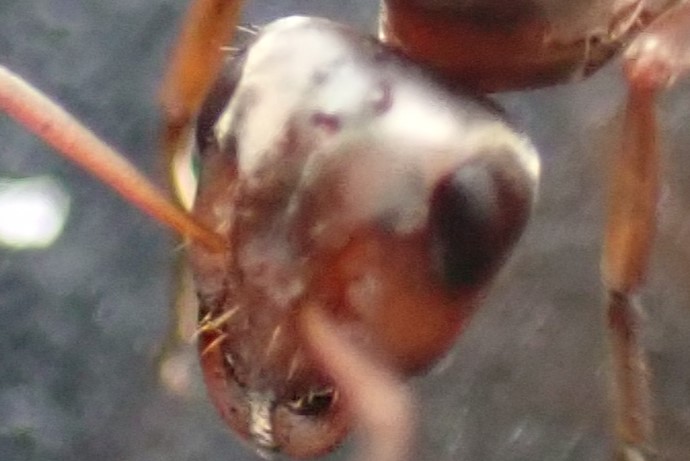
Image 11. Hair behind the eyes and possibly by the mandibles
3. Genre normally without erect hairs, sometimes 1-2 near the tentorial fossae
I could not find any reference to the tentorial fossae in the Morphological Terms/Head section on AntWiki, so I went with the next closes thing, the antennal fossa (although I am still confused about the term genre). Antwiki defines this as "The antennal fossa is a depressed area in the cuticle of the dorsum of the head, present in some ant taxa, that surrounds and contains the torulus and antennal foramen, which consequently appear to be somewhat sunk into the surface of the head." My camera is in no way qualified enough to get pictures this close, but there is most definitely erect hairs on the head of this ant, and some are around the antennae.
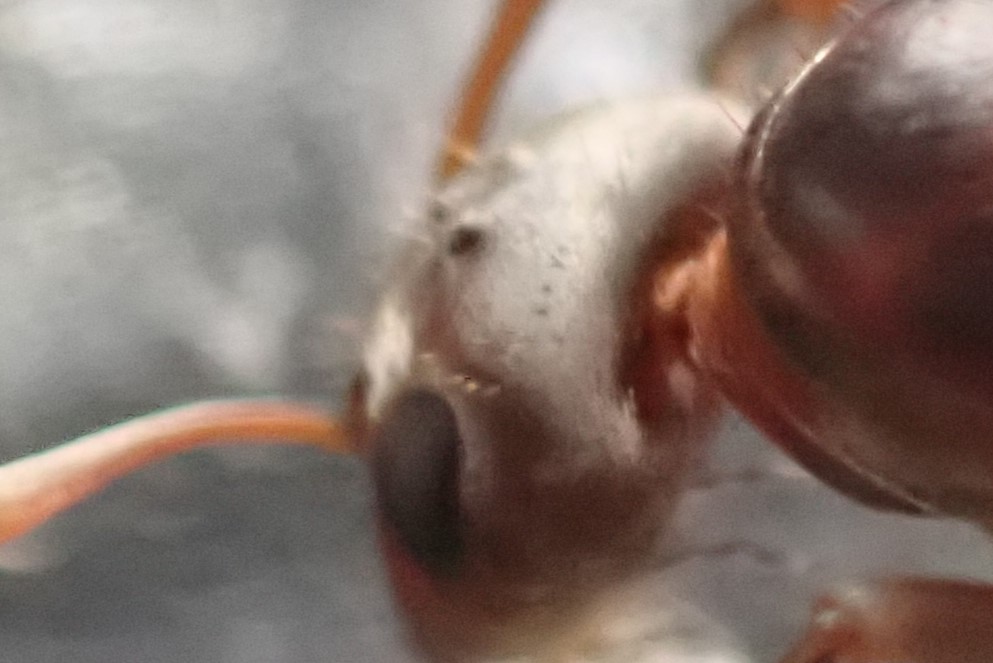
Image 12. Hair near the antennal fossa
4. Occipital angles becoming glabrous in the western part of its range
Glabrous is defined as having no hair, and as shown in Images 10 and 11, hair is present on the occipital. Futhermore, I am more centrally located, so this likely does not apply.
5. Eastern center of the continent
I probably fall into this range, and AntMaps documents this species as native in South Dakota.
In conclusion, it appears this queen falls into the Formica argentea category, but I would love more experienced IDers to double check my work and clarify my confusion.
However, this is not the end of the story. As mentioned by AnthonyP163, head shape is important, and something that the key does not cover. Therefore, I will compare specimens to my unknown queen to see if she resembles any of them
Formica argentea
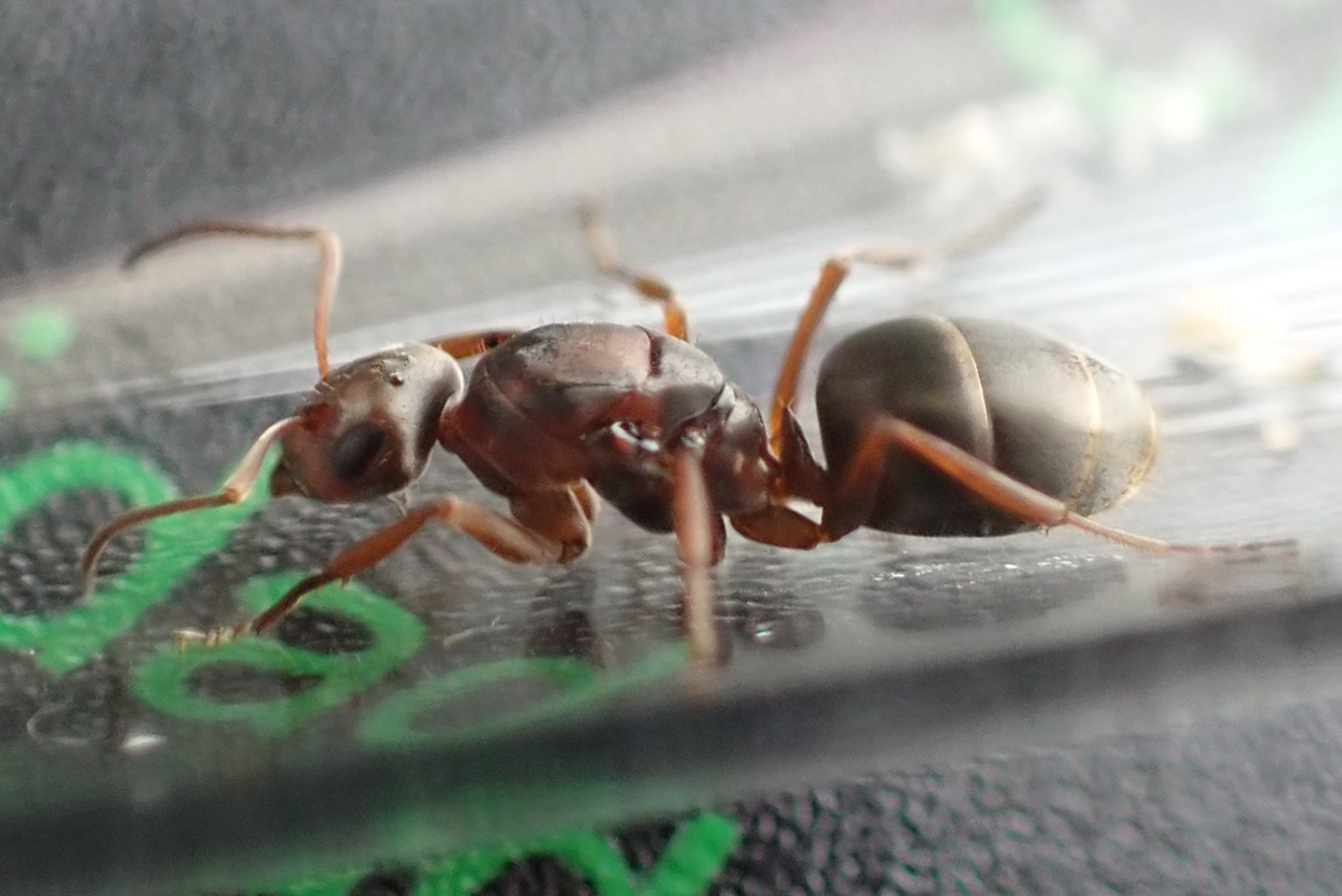

Pretty close, as the abdomen hairs are the same color, and the jaw shape seems the same.
Formica neoclara
No queen specimens existed. This was the best I could find, but the ID is not guaranteed.

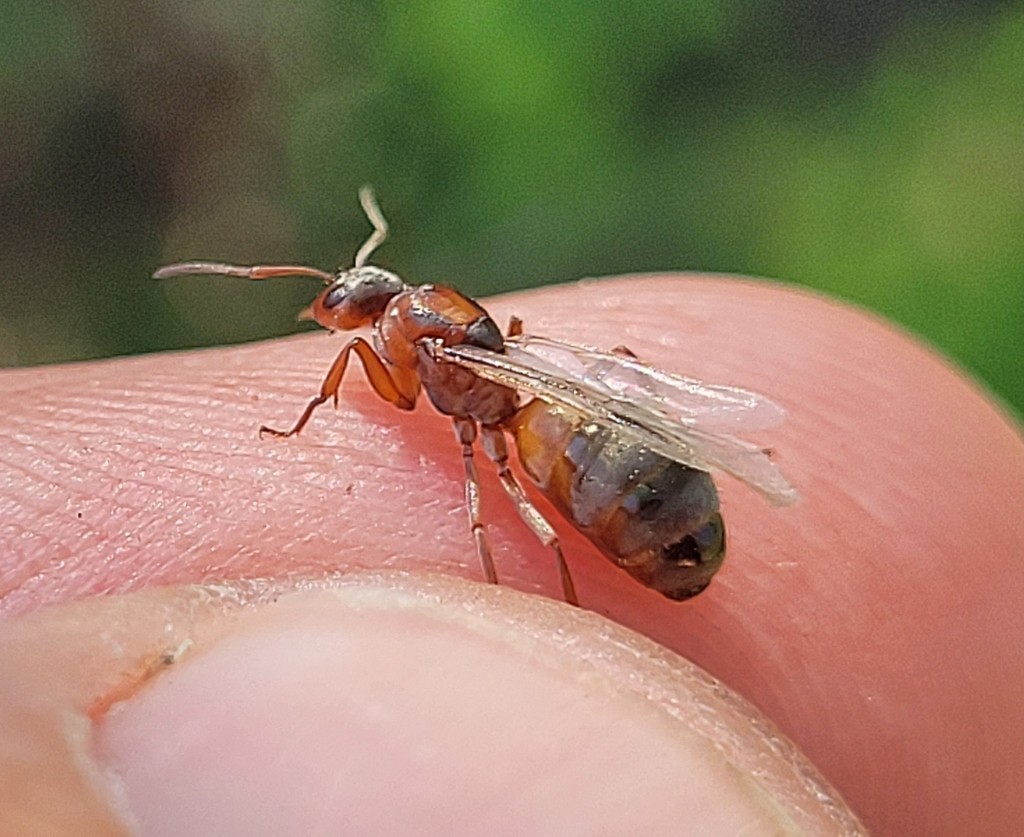
This queens seems a lot more shiny from lack of hair, not pubescence.
Formica montana
Also no queen specimens existed. The best I could find was from Canada Ant Colony. You will have to view it yourself as I cannot copy the Image.

The queen from Canada Ant Colony seemed a lot darker
Conclusion? None of the images seem spot on, and the key seems to indicate Formica argentea. What is your opinion?
Edited by Ants_Dakota, October 21 2024 - 10:40 AM.






